Projects of the Klassik Stiftung Weimar are funded by the European Regional Development Fund (ERDF) and the Free State of Thuringia, represented by the State Chancellery of Thuringia, Department of Culture and the Arts.
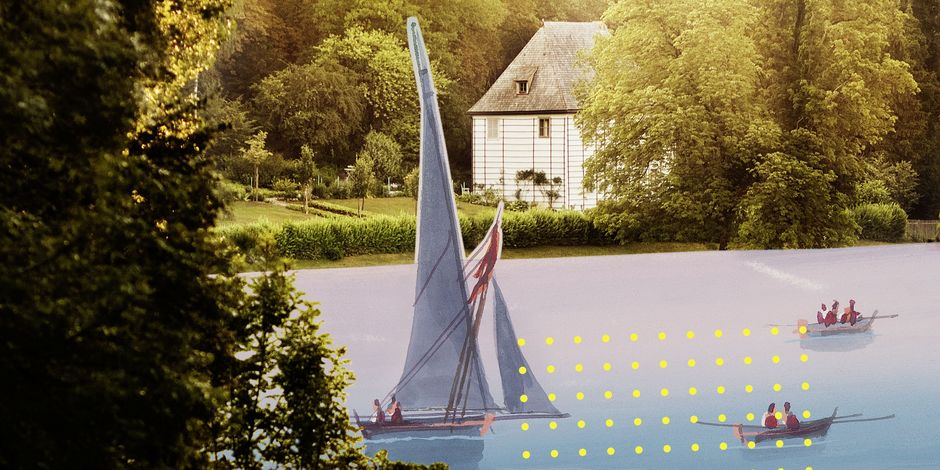

The German Federal Garden Festival (BUGA) is coming to Erfurt in 2021, the same city that hosted the first international garden festival in 1865. But Erfurt is not the only place about to bloom. BUGA 2021 will feature a veritable garden network spanning Thuringia with 25 external sites, six of which are located in and around Weimar.
In addition to the gardens themselves, several exhibitions will present new insights and interesting details about the historical park grounds. Moreover, the park entrances will be redesigned to correspond to the newly optimised services of the Klassik Stiftung Weimar. One of the highlights will be the Ettersburg Castle Park where conservators are now restoring the once richly ornamental west wing of the castle with its pergola. Another highlight will be the new permanent exhibition at Belvedere Castle entitled “The Guardians of the Golden Fruit”. Belvedere will also host the Garden Festival reception building where visitors can become better acquainted with the six parks and gardens in and around Weimar. The Klassik Stiftung Weimar is planning a diverse programme of events to supplement the BUGA throughout the year, such as a large festival during the summer season. In the festively illuminated gardens, visitors will be able to purchase rare plants, receive practical gardening tips and surprising new perspectives.
This project is co-financed by the European Union and the Free State of Thuringia.
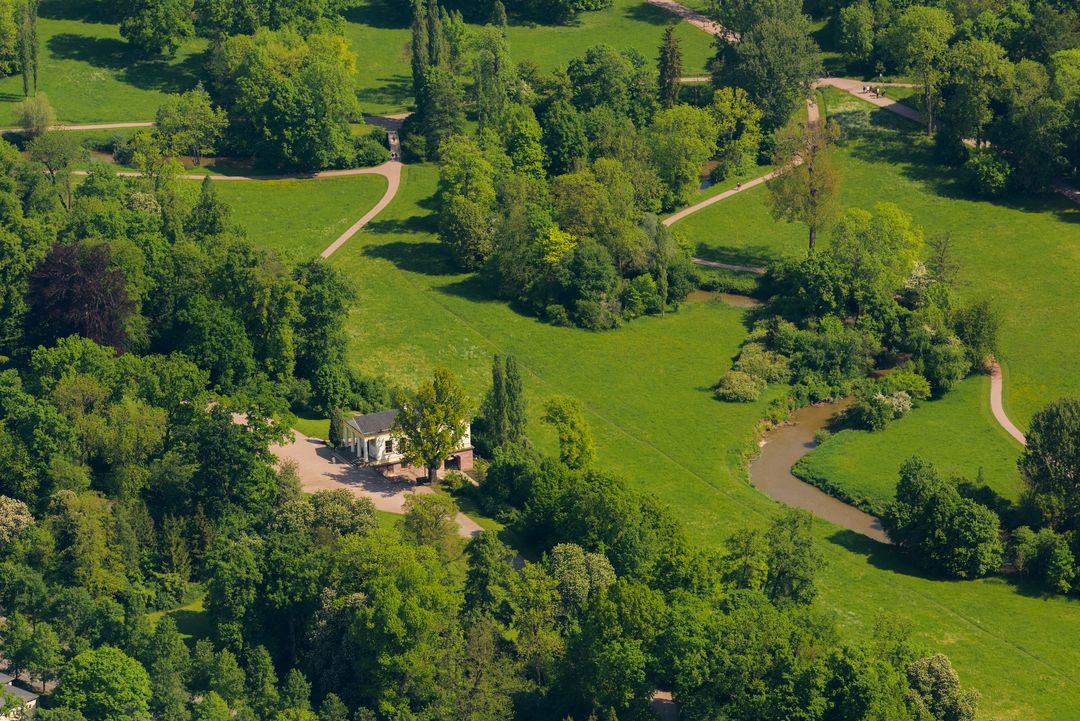
The 48-hectare landscaped Ilm Park is arguably the most prominent park in Weimar’s history. Due to its central location, it remains a popular destination for residents and tourists alike for its artistic and natural attractions. In 1778 Duke Carl August together with Johann Wolfgang von Goethe began planning and implementing their landscaping ideas. Today, visitors can experience this walk-through artwork with its scenic views and romantic park structures. The Roman House, constructed from 1791 to 1797, is one of the architectural highlights of the park.

At the edge of the Park on the Ilm lies a small garden that was designed by Johann Wolfgang von Goethe himself. The former vineyard cottage was gifted to Goethe by Duke Carl August in 1776. The terrain around the cottage is still divided in three parts as it was in Goethe’s day: the cultivated slope behind the house, the grassy meadow of fruit trees and Goethe’s kitchen garden on the lower level. In 1777 Goethe installed the now famous “Stone of Good Luck” which he and his drawing teacher Adam Friedrich Oeser had designed.
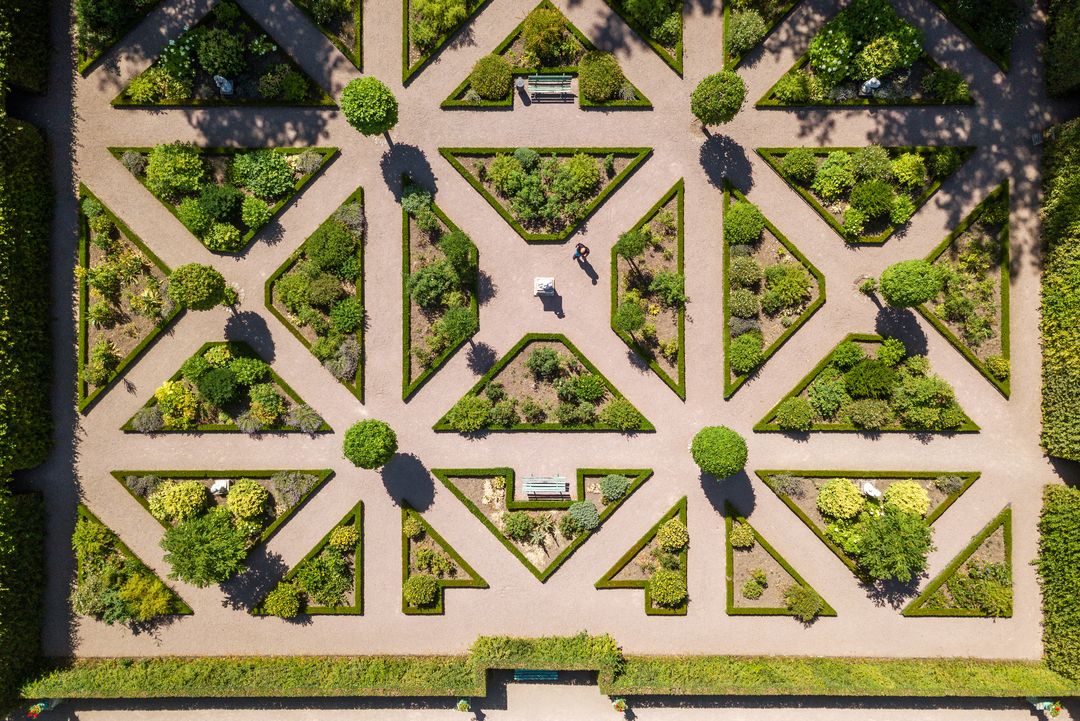
The landscaped park around Belvedere Castle extends across 45 hectares. The castle is among the most famous hunting and summer residences built by Duke Ernst August of Saxony-Weimar. He also built the large Orangery which has been used for the past 300 years without interruption as the winter refuge for a large collection of valuable, exotic plants. From 1811 to 1830, Duke Carl Friedrich and his wife Maria Pavlovna gradually transformed the Baroque pleasure garden into a landscaped park with a classical-romantic character, quaint ornamental niches and various park structures.
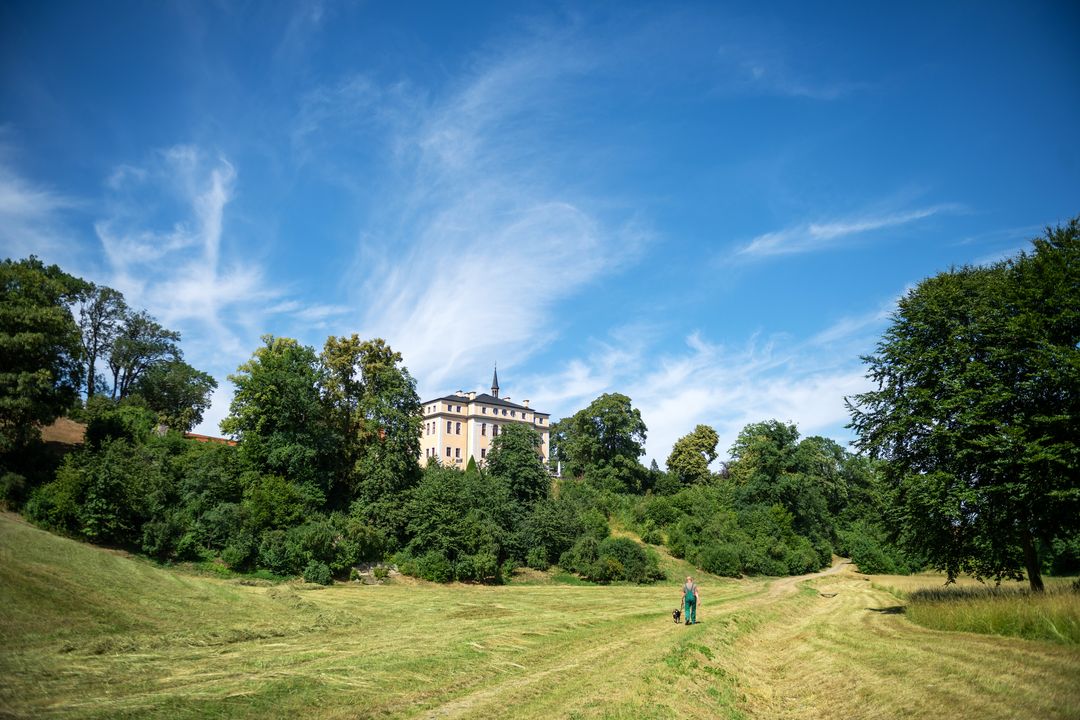
Ettersburg Castle and Park are located about seven kilometres north of Weimar. The castle itself holds an important cultural-historic place in Weimar’s history; Duchess Anna Amalia started using the castle as her summer residence in 1776. The design of the romantic landscaped garden was largely the work of Duke Carl Alexander who took possession of the castle in 1842. With its famous “Pücklerschlag”, created in 1845/46 at the recommendation of Lord Hermann von Pückler-Muskau, and landscaped park entrances, Ettersburg is one of Germany’s outstanding garden landmarks.
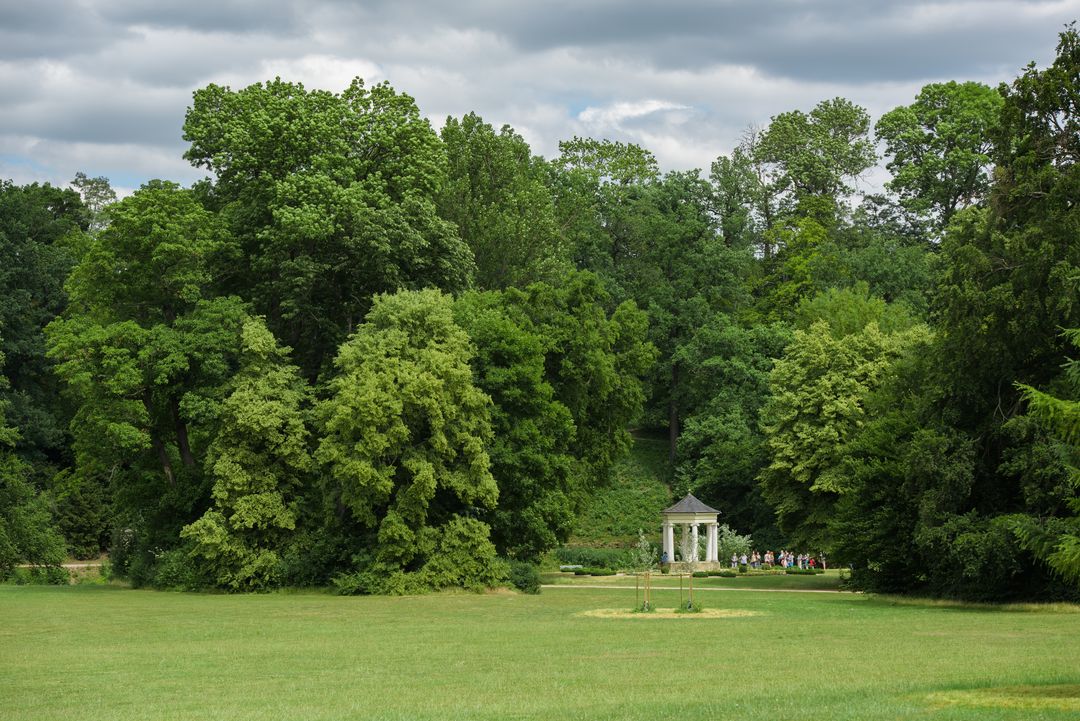
Tiefurt Mansion and its 20-hectare landscaped park is situated along the Ilm River about three kilometres east of Weimar. Duchess Anna Amalia made the mansion her summer residence in 1781. Her gardeners transformed the nearby Ilm River valley into a sentimental park featuring beautiful structures such as Vergil’s Tomb, the Temple of the Muses and the Tea Salon. The park was partially redesigned between 1846 and 1850 by the garden landscaper Eduard Petzold. Several old groups of trees in and around the park today were planted during that time.

The park at Kochberg Castle, located about 35 km south of Weimar, was originally a Baroque garden that was redesigned by Carl von Stein, the eldest son of Charlotte von Stein. He expanded it into a six-hectare post-Classical, romantic, landscaped park, which was completed around 1840. In addition to its majestic stand of trees, the park contains quaint structures and an extraordinary floral garden and “flower theatre”. A garden building was erected near the castle around 1800, an architecture jewel of the Classical era which is now used as the Liebhabertheater.